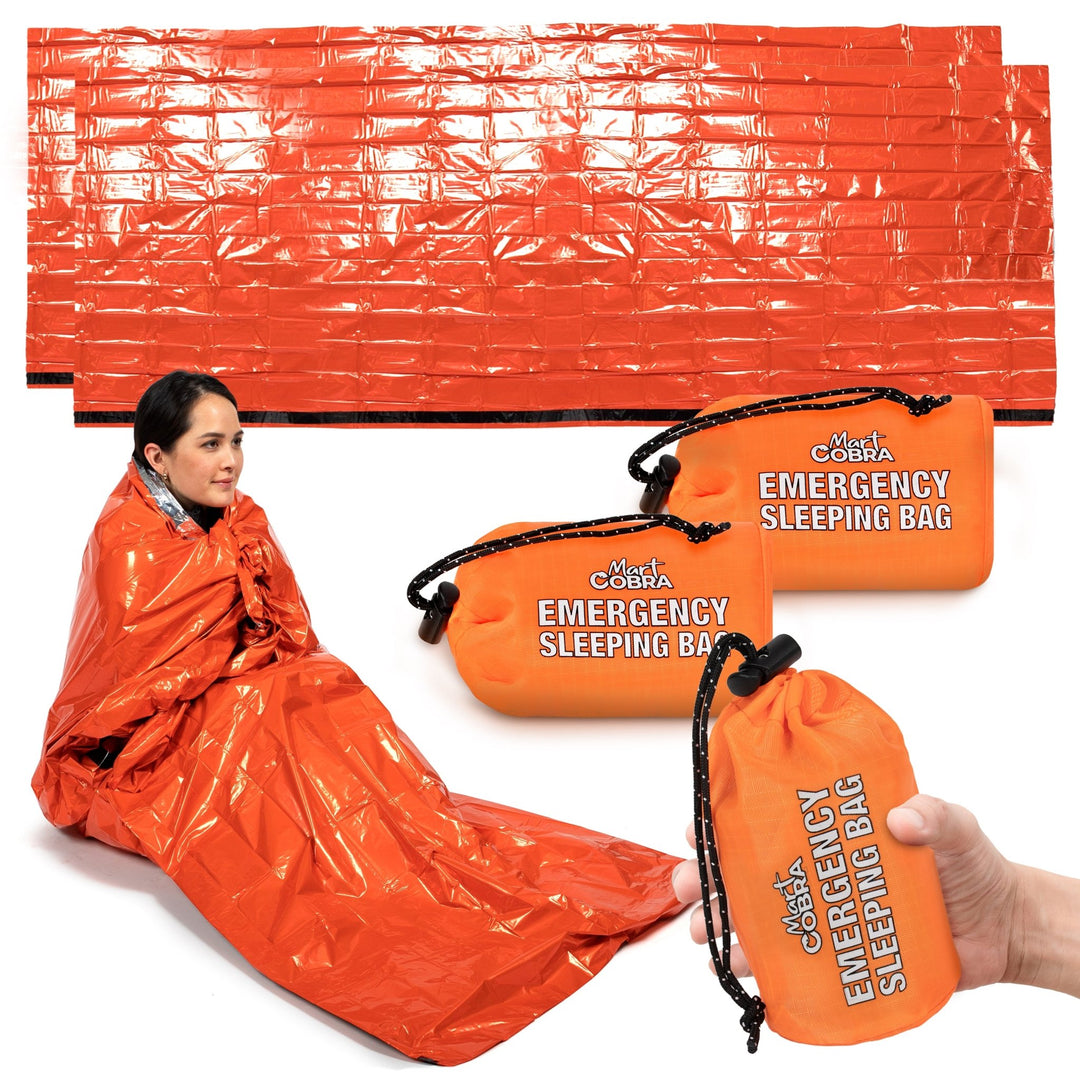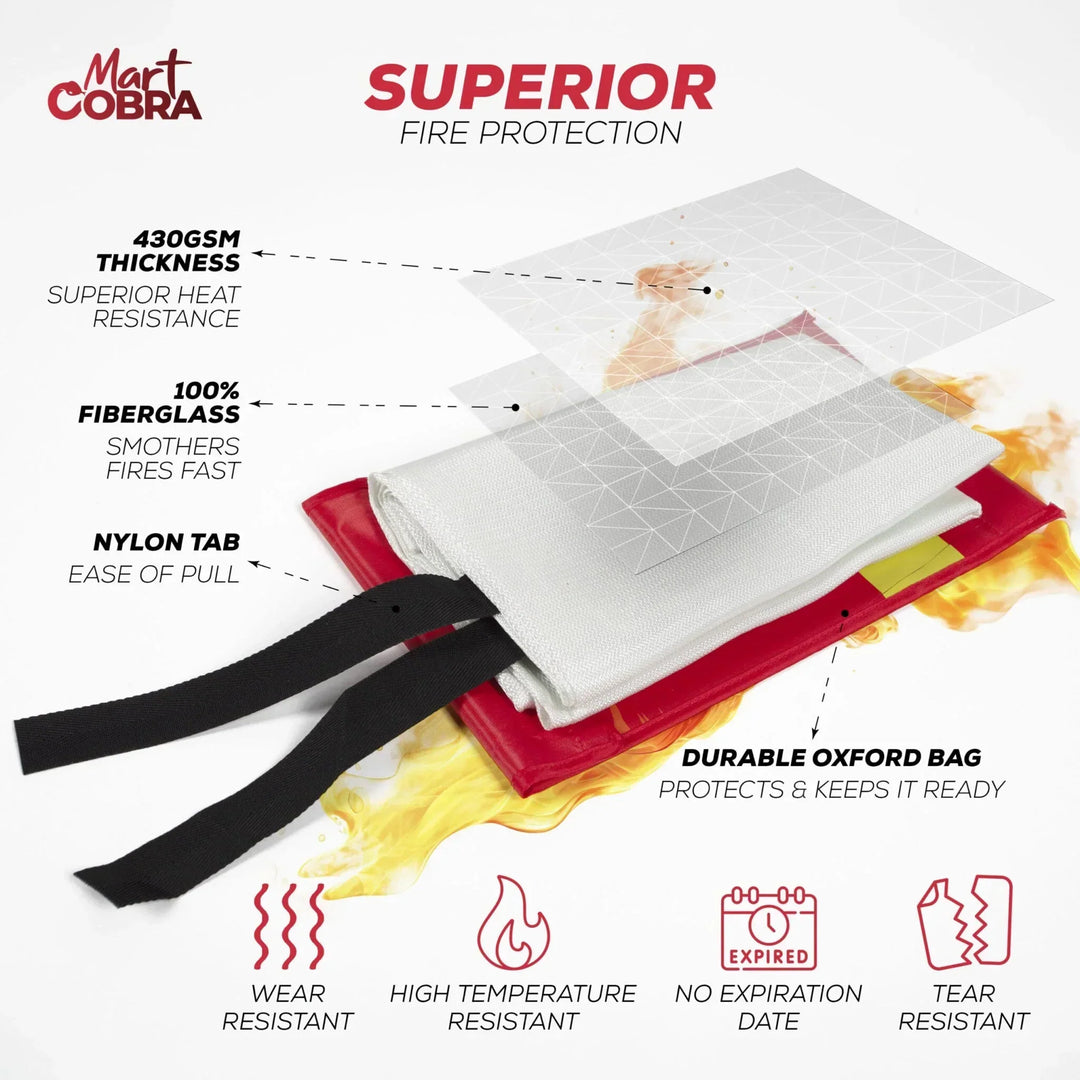Home fires can be devastating, causing injuries, property damage, and even loss of life. According to the National Fire Protection Association (NFPA), around 350,800 home fires occur in the United States each year, resulting in approximately $7.3 billion in property damage. The good news is that many home fires are preventable with simple safety measures.
Throughout this guide, we will explain the top 9 causes of home fires and provide tips to prevent them so your family can stay safe.
1. Cooking Mishaps
According to safety organizations worldwide, cooking is the number one cause of house fires and injuries. Many of these fires originate from unattended kitchens, where food left cooking on stove tops becomes the ignition source.
Oils withhigh smoke points, such as canola and olive oil, are also responsible for many home cooking fires. Additionally, flammable items like oven mitts, wooden utensils, food packaging, and even curtains can easily catch fire if left too close to the stove or an open flame.
Preventing Cooking-Related Fires
- Never leave cooking food unattended. Additionally, stay in the kitchen while frying, grilling, or boiling. If you must leave, even for a short period, turn off the stove.
- Keep flammable objects away from your stovetop. This includes dish towels, paper towels, pot holders, and food packaging.
- Clean cooking surfaces regularly to prevent grease buildup, which can ignite.
- Always have a lid nearby when cooking. If a small grease fire starts, covering it with a lid can smother the flames. You can then turn off the burner and cover the pan until it cools off completely.
- For oven fires, keep the door closed and turn off the heat to smother the flames.
- Keep a fire blanket within easy reach.

2. Electrical Fires
Electrical malfunctions are one of the leading causes of home fires. With our modern reliance on technology, the dangers of overloading circuits, short circuits, faulty wiring, and damaged electrical systems are too great to ignore.
In older homes, outdated wiring systems may no longer be equipped to handle contemporary electrical needs, increasing the risk. A simple spark from a faulty wire is all it takes to ignite a blaze.
Preventing Electrical Fires
- Regular inspection and maintenance of electrical systems by a qualified electrician are essential. They should check for any visible signs of wear or damage, such as frayed wires, spark marks, or overheating.
- Avoid plugging multiple devices into a single outlet or power strip. Overloading can heat the wires and insulation, potentially starting a fire. Consider using smart power strips that cut off electricity when a device is fully charged or not in use.
- Be prudent when using extension cords. They are not designed for external use and can be hazardous if overloaded or underfoot.
3. Heating Equipment
In the colder months, heating equipment is a leading cause of home fires. These fires often occur when flammable items like furniture, curtains, and bedding are placed too close to heating devices such as space heaters, wood stoves, and fireplaces.
Lack of maintenance is another significant factor, as built-up dirt and dust can ignite from overheating elements or faulty wiring within these units.
Portable heaters, in particular, pose a high risk if they are left running unattended or are knocked over, directly exposing hot surfaces to combustible materials. Gas heaters, on the other hand, have a higher risk of carbon monoxide poisoning and should be used with proper ventilation.
Preventing Heating Equipment Fires
- Keep flammable items at least three feet away from heating equipment.
- Maintain a three-foot safety zone around space heaters. They should never be left unattended and should be turned off when leaving the room or going to bed.
- Have your heating system inspected and serviced annually by a professional technician to avoid potential issues.
- Clean and inspect your chimney. Keep the damper open for fireplaces to keep the air flowing. Ensure your fireplace has a sturdy screen to prevent sparks from flying into the room.
4. Careless Smoking
Smoking materials, such as cigarettes, cigars, and pipes, are significant contributors to residential fires, particularly when smokers are careless.
A lit cigarette left unattended, discarded improperly, or smoldered on furniture, bedding, or other flammable items can lead to a large-scale fire. The inherent risk escalates when smoking indoors, especially if the smoker falls asleep before extinguishing the smoking material.
Ashtrays that are not stable or too small can also overflow or easily be knocked over, scattering hot ashes and butts that could ignite nearby combustible materials.
Preventing Fires Caused by Smoking
- Always smoke outside, using a deep, wide, sturdy ashtray to prevent ashes and butts from being blown away by the wind or knocked over.
- Before you dispose of cigarette butts and ashes, ensure they're entirely extinguished by soaking them in water or sand.
- Never smoke in a home where oxygen therapy is used; even if the equipment is turned off, oxygen can be present, and it makes fires burn hotter and faster.
- Check under furniture cushions and in other areas where smoking materials might have fallen unnoticed before going to bed or leaving the area.

5. Candles
Candles, while offering aesthetic value and a comforting aroma, can be a significant fire hazard if not handled correctly. The open flame of a candle can easily ignite nearby materials such as curtains, papers, or furniture if left unattended or placed too close.
Furthermore, candles left burning for extended periods may overheat and cause the container or surface they are on to catch fire. Moreover, pets or small children can also accidentally knock over candles, spreading the flame quickly through a room.
Preventing Candle Fires
- Use candle holders that are sturdy and won't easily tip over.
- Keep candles at least 12 inches away from anything that can burn, including clothing and curtains.
- Always blow out candles before leaving a room or going to sleep.
- Use flameless LED candles instead of traditional ones. They give off the same cozy flickering light without the risk of starting a fire.
6. Kids and Teens Playing with Fire
Children and teenagers playing with fire pose a substantial risk of starting a house fire, a scenario that's far from uncommon. According to the National Safety Council (NSC), children start about 10,000 fires every year.
Curiosity or fascination with flames often leads kids and teens to experiment with matches, lighters, and other fire-starting materials, usually without understanding the potential consequences of their actions. When left unsupervised, this playful curiosity can quickly turn into a serious situation if the fire becomes unmanageable and spreads.
Teenagers, while generally more aware of the dangers of fire, might engage in risky behaviors due to peer pressure or for the sake of experimentation, further increasing the likelihood of accidental fires.
Preventing Children from Playing with Fire
- Explain the dangers of fire to children and carefully monitor their access to fire sources, including matches, lighters, and stoves.
- Consider a service that teaches children the dangers of fire and the appropriate way to react to a fire situation.
- Keep flammable materials out of reach or in a locked cabinet.
7. Flammable Liquids
Flammable liquids such as gasoline, kerosene, and solvents are common items in many households. If handled carelessly or not stored properly, they can ignite quickly. Also, vapors from these liquids can be highly flammable and invisible to the naked eye.

Preventing Accidents with Flammable Liquids
- Store flammable liquids in their original containers, tightly sealed and out of direct sunlight.
- Never store these liquids near heat sources or open flames.
- Before disposing of rags soaked in these liquids, make sure to lay them flat or hang them outside to dry completely. If bunched up, they can generate heat and ignite.
8. Electrical Appliance Malfunctions
Electrical appliance malfunctions are a common precursor to house fires, caused by a range of issues, including faulty wiring, improper use, or general wear and tear over time.
When appliances such as toasters, microwaves, or washing machines operate with compromised components, they can overheat and ignite nearby flammable materials.
In some cases, the malfunction might lead to a short circuit, creating sparks that can quickly spread to curtains, carpets, or furniture. Additionally, older appliances not equipped with modern safety features are at a higher risk of causing fires.
Preventing Appliance-Related Fires
- Regularly inspect electrical cords for fraying and replace them if necessary.
- Do not tuck under rugs or rest items on top of appliance cords, which can damage them.
- Use appliances only for their intended purposes, and never try to "rig" a broken appliance to work.
9. Barbecues and Grills
Barbecues and grills, popular for outdoor cooking, can also be significant fire hazards if not used responsibly.
House fires can happen whengrills are positioned too near to the home, deck railings, or foliage, allowing flames or heat to set fire to the structure or surrounding materials. Overloading grills with excessive food, particularly fatty meats, can lead to excess grease igniting, causing flames to become uncontrollable.
Charcoal grills present a risk when excessive starter fluid is used or when hot coals are improperly disposed of, potentially igniting nearby flammable materials. Similarly, gas grills come with their own dangers, including gas leaks and overfilled propane tanks, which can result in explosive fires if ignited.
Preventing Barbecue and Grill Fires
- Keep grills at least 10 feet away from any structure, including the home, deck railings, and trees.
- Always use starter fluid in moderation, or consider using a charcoal chimney starter instead.
- Check for gas leaks regularly and make sure propane tanks are adequately supplied.
How to Prevent House Fires Using Fire Blankets
Fire blankets are crucial inpreventing house fires from escalating, especially in the kitchen, where many fires originate. Made from fire-resistantmaterials, fire blankets can quickly extinguish small flames before they escalate into larger, uncontrollable fires.

Preventing House Fires Using Fire Blankets
Effectively using fire blankets prevents small fires from becoming major disasters and protects your home and loved ones. Here are some tips on how to use fire blankets effectively:
- Always store a fire blanket in easy-to-access locations, such as the kitchen or near potential fire hazards.
-
In case of a small grease fire, turn off the heat source and carefully place the fire blanket over the pan to smother the flames. Wait to move the pan until it has completely cooled down.
- For larger fires, quickly place the fire blanket over the flames and call for emergency assistance. You can also wrap the blanket around your body to protect yourself from the fire.
- Follow any specific instructions provided with your fire blanket, including expiration dates and proper storage methods. You should also regularly inspect and replace the blankets if they are damaged or expired.
Fire Safety Checks and More
In addition to the preventive measures listed above, homeowners can take the following further steps to protect their property:
- Regular fire safety checks are essential, including testing smoke alarms and installing a home fire sprinkler system.
- Invest in smart devices designed to enhance fire safety. These include smart smoke detectors that alert your phone to a potential fire, smart plugs that monitor electrical consumption, and interconnected devices that automatically notify your local fire department.
- Smoke alarms should be installed on every level of your home, inside and outside bedrooms. Test them monthly and replace batteries every six months.
- Create a fire escape plan for your family and practice it regularly. Make sure everyone knows how to exit the house in case of a fire.
- Keep important documents and valuables in a fireproof, safe, or off-site storage location. This ensures they are protected in case of a fire emergency.
- Keep a fire blanket in accessible areas of your home and ensure all family members know how to use it.
- Have emergency blankets and emergency sleeping bags available in case of a fire or evacuation. These items can provide warmth and protection during emergencies.
By following these prevention tips and incorporating fire safety practices into your daily routine, you can significantly reduce the risk of a house fire.
Conclusion
Home fires are preventable, and taking necessary precautions can significantly reduce the risk. Simple tasks such as never leaving cooking unattended, using space heaters with caution, and keeping matches out of reach of children can make a difference in preventing residential fires.
Regular maintenance and awareness of potential fire hazards are essential steps in protecting yourself and your home from the devastating effects of a fire. Educating yourself and your family on fire safety measures can make all the difference in an emergency situation. Stay informed, stay vigilant, and take preventative action to protect your home from fires.
So remember, always be cautious when it comes to fire safety and have a plan ready just in case there is ever a need for it.
Stay Safe!







